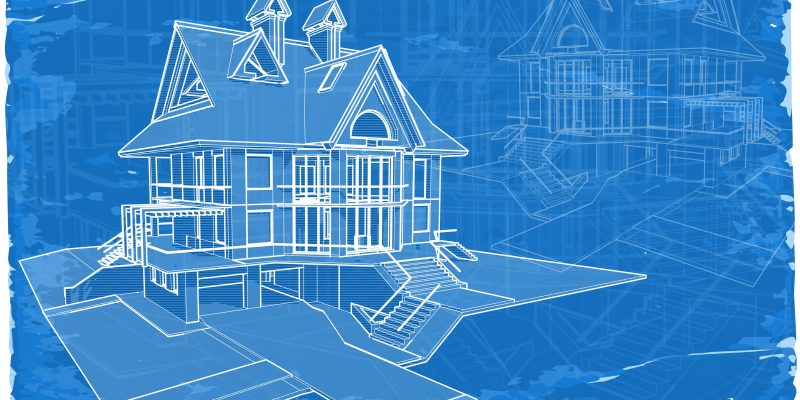How Does a Connecticut Engineer use CAD?
[Updated September, 2016] Ever since CAD (Computer Aided Design) was introduced, it has been mainly used for drawings required in the field of mechanical, manufacturing, electrical and civil engineering.
In civil engineering, both draftsmen and engineers know how to use CAD to design their structures. The work should ideally be divided between the two; the analysis part of the design is first done by the civil engineer who then passes on the task of creating the technical drawings and printing them out to the draftsman. In this process, the design is transferred from the engineer’s mind onto paper, and then eventually onto the development phase with a contractor.
Free Ebook: make sure your home project runs smoothly and meets all regulations.
Click Here
What Exactly is CAD?
CAD is a tool that helps draftsmen and engineers to do their job in a faster and more productive manner. It basically brings automation to manual hand drafting. The user still needs to have some knowledge of drawing standards, accounting for tolerances and other engineering aspects.
The software does not do away with mistakes; if the draftsman or engineer has made an error, this will be carried forward into the CAD design.
Why Does an Engineer Use CAD to a Limited Extent?
It has often been asked how much a civil engineer really uses CAD in their daily job. The answer is based on a couple of facts, which we will now look into. CAD-related tasks are considered low-level in civil engineering and are usually assigned to draftsmen to reduce the engineer’s workload within the company.
The engineer is responsible for providing the basic design idea and then reviewing the final design product in CAD. This arrangement also gives the engineer more time to complete advanced tasks that a draftsman cannot do themselves.
Exceptions When an Engineer will Work with CAD:
Of course, there are exceptions to the general way that civil engineers work with CAD. They will take on more CAD workload in a smaller company that doesn’t have draftsmen. Also, there are other programs that run inside along with CAD that do hydrological calculations as well, so most engineers have a working knowledge of CAD.
- In a critical or challenging project that needs expert knowledge or a high degree of accuracy
- A small-scale or start-up company that cannot afford to hire draftsmen
- An engineer who likes to be in control of all stages of the design and cannot trust this work to be delegated
Key Takeaways:
- CAD plays an important role for automated design drawings in civil engineering.
- Draftsmen primarily use CAD and the design analysis provided by the civil engineer.
- These engineers undertake limited CAD usage to reduce costs and make time for more important work.
- For critical projects or those with a limited budget, engineers use CAD to a larger extent than usual.

